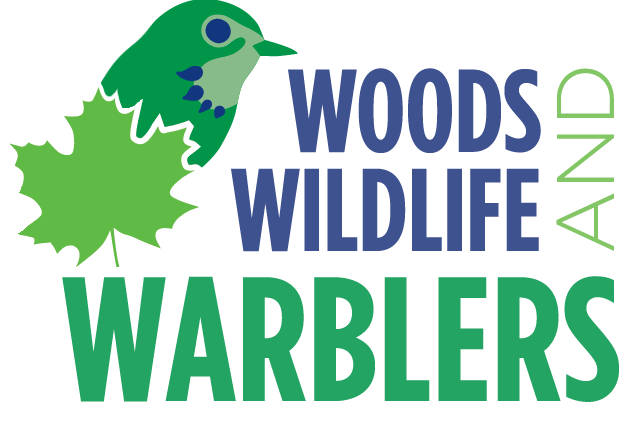Over the years, I have had the distinct pleasure of visiting with hundreds of people who are making management decisions affecting Vermont’s forested landscape. Frequently the conversations around managing the forest with birds and other wildlife in mind hit on a common question: is it better to do nothing and let the forest to its own devices, or is active management, including the harvesting of trees, an appropriate choice? While there is no right or wrong answer to that question, invariably the conclusion to meeting a variety of forest stewardship goals is that in many situations, active forest management is not only desirable for enhancing habitat, it can be a necessity.
Every spring, thousands of migratory birds arrive back in the forests of Vermont after spending the winter in places as far away as South America. Once here they seek out suitable habitat providing food and cover for raising the next generation of their species. What does suitable habitat look like? Some of the most commonly known habitat features are standing dead trees (snags), cavity trees, and woody material on the forest floor. These forest attributes help support birds such as Yellow-bellied Sapsucker, Dark-eyed Junco, and Winter Wren.
Photo: Chestnut-sided Warbler Photo: Shirley Donald, Audubon Photography Awards


